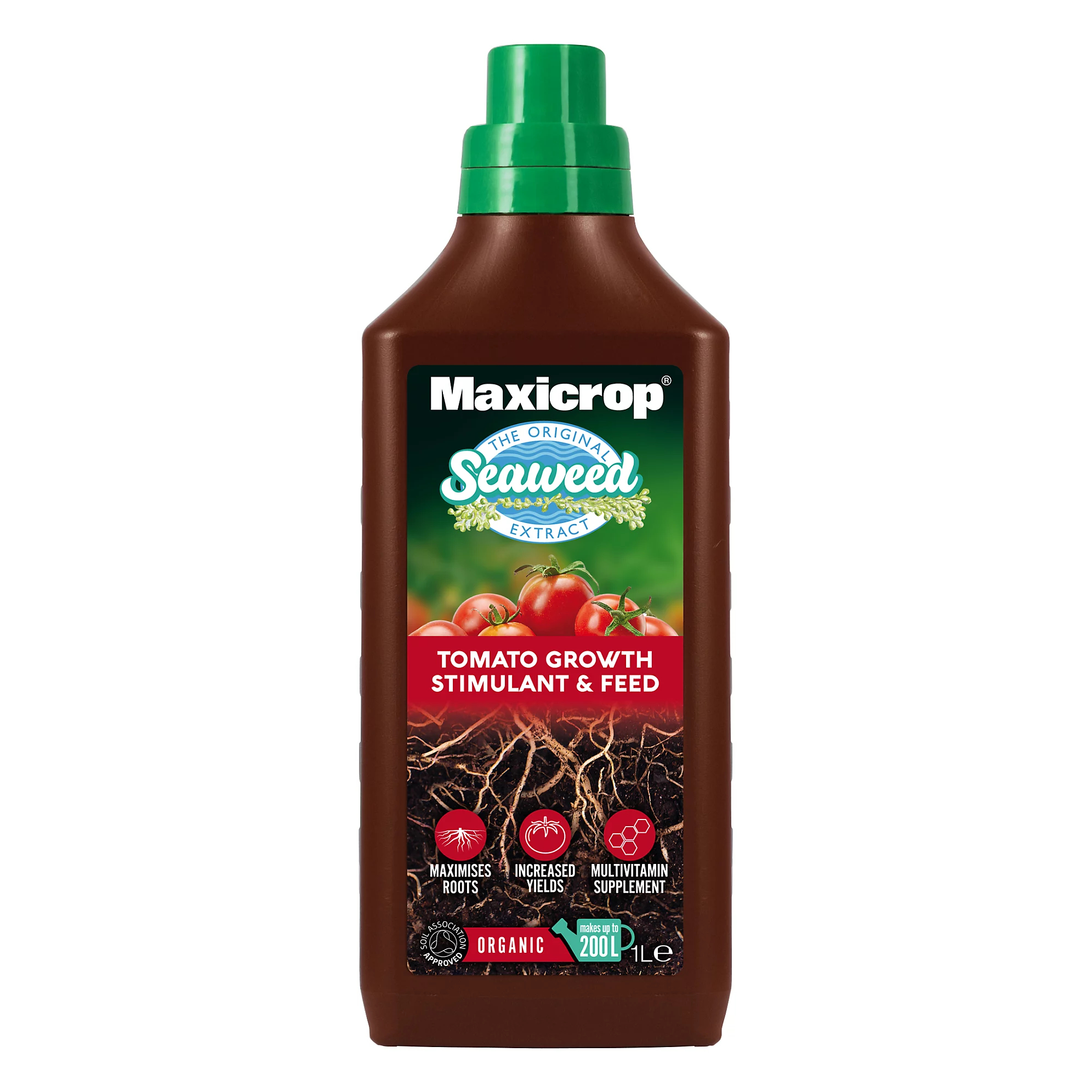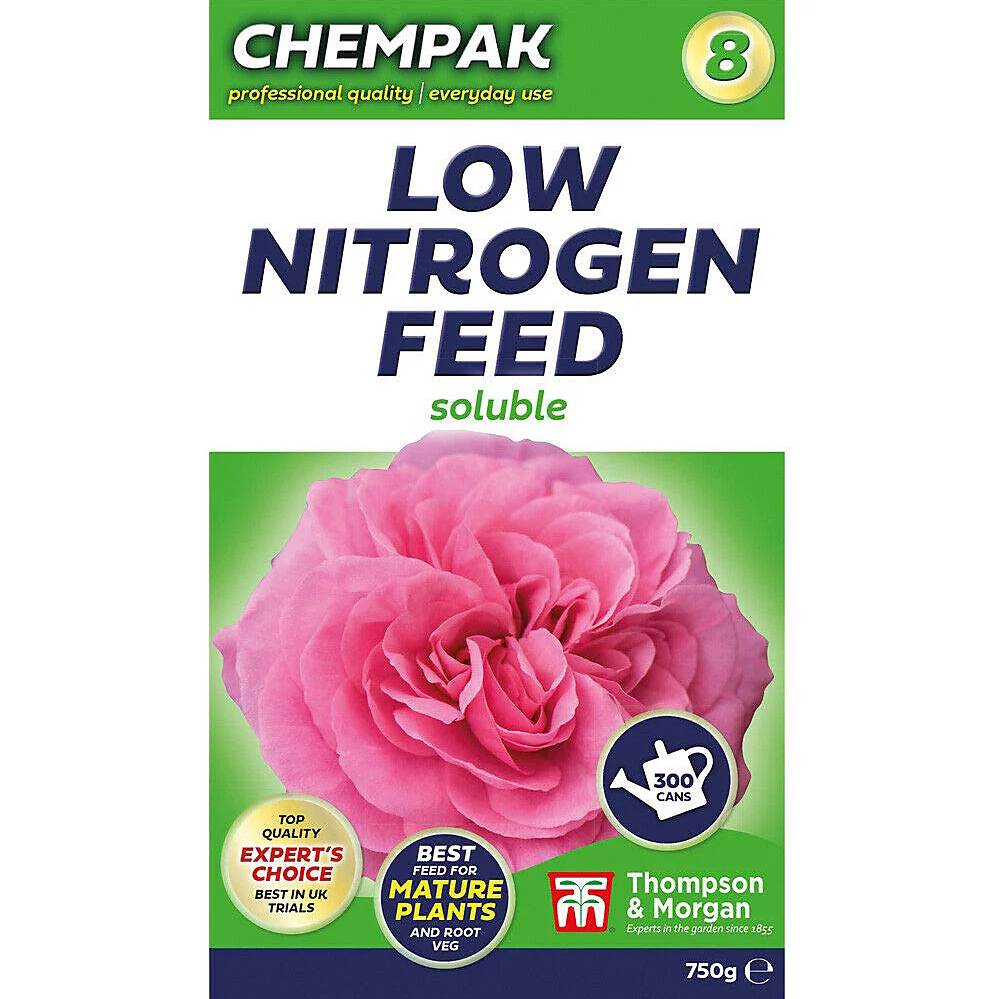How and when to fertilise peonies for bigger, brighter blooms, according to experts
Find out everything you need to know about fertilising peonies and how to boost their beautiful blooms for longer
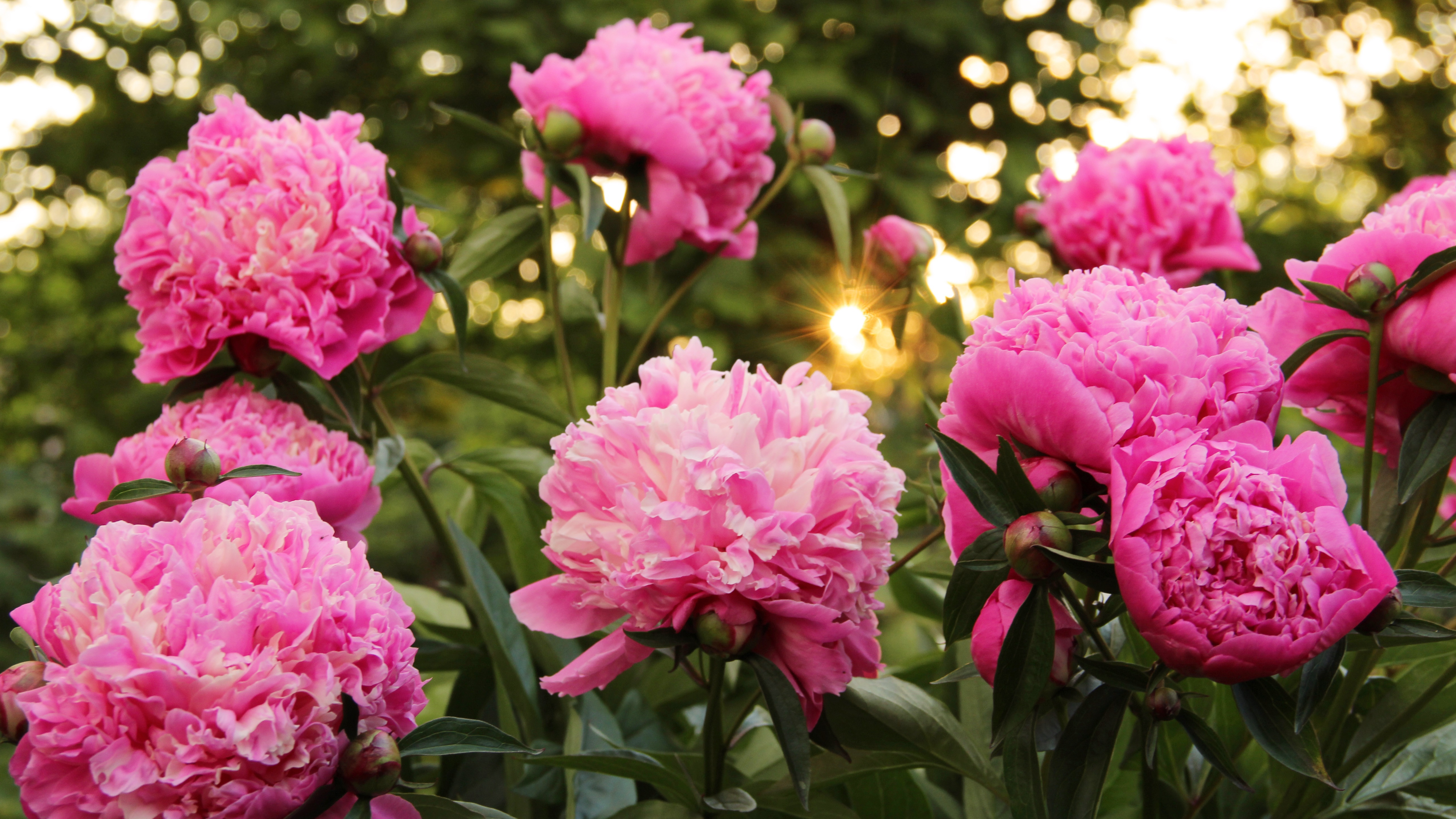

It’s hard not to love peonies. With their big, showy flowers, vibrant pink colour and fragrant scent, they are a true garden showstopper. But as beautiful as they might be, the bloom time of peonies is brief, so knowing how and when to fertilise peonies is a must if you want to ensure your plants stay healthy and your peonies bloom for longer.
While peonies have a rep for being a bit of a tricky plant, when it comes to how to grow peonies, the opposite is true; all that’s needed is a little TLC. And this is where feeding and when to fertilise peonies comes in, and early Spring is the perfect time.
So read on to get the lowdown on what fertiliser is best, when to plant peonies and our top expert-approved tips to keep peonies blooming for longer.
Should you fertilise peonies?
While peonies are fairly low-maintenance, they are heavy feeders with roots that grow deeply and spread out widely. Natural nutrients can be hard to find deeper down, especially if the soil condition is poor, so enriching the soil with fertiliser will improve the quality and help get the best out of your plants.
'A well-fed peony will reward you with bigger, more vibrant blooms and stronger stems,’ says Maryam Ghani, brand manager at Haute Florist. ‘Fertilising also supports healthy root development and helps the plant recover from flowering.’
‘Peonies are long-lived perennials, so feeding them each year is like making a long-term investment in your garden. Avoid fertilising too late in the season - after July, they should start winding down for dormancy. And don’t forget to mulch in autumn to protect the roots and keep the soil nourished,’ adds Maryam.

When to fertilise peonies
The main question to ask when it comes to looking after your plants is when to fertilise peonies. And the answer is... not as often as you think, according to the experts.
‘When it comes to feeding peonies, we recommend feeding/fertilising them twice a year,’ says Julian Palphramand, head of plants at British Garden Centres. ‘They should be fed in early spring as new shoots emerge from the ground, but before flower buds start to show. This supports the current year's growth, enhances hardiness, and promotes root development.’

Julian Palphramand is Head of Plants at British Garden Centres. He was previously Horticulture Buyer at Wyevale Garden Centres and had extensive knowledge of various plants and advice on the best approaches to growing them.
‘We then recommend feeding peonies after the flowers fade in early summer, as this helps replenish nutrients and supports the plant for the next year,' adds Julian.
As for the question of how long do peonies take to bloom, from shoots to buds to flowers? With an established plant, once the shoots have appeared in early spring, you can expect buds to appear in late spring/early summer, with flowers taking anywhere from 7 to 14 days to open, depending on the variety of peony and the weather and growing conditions.
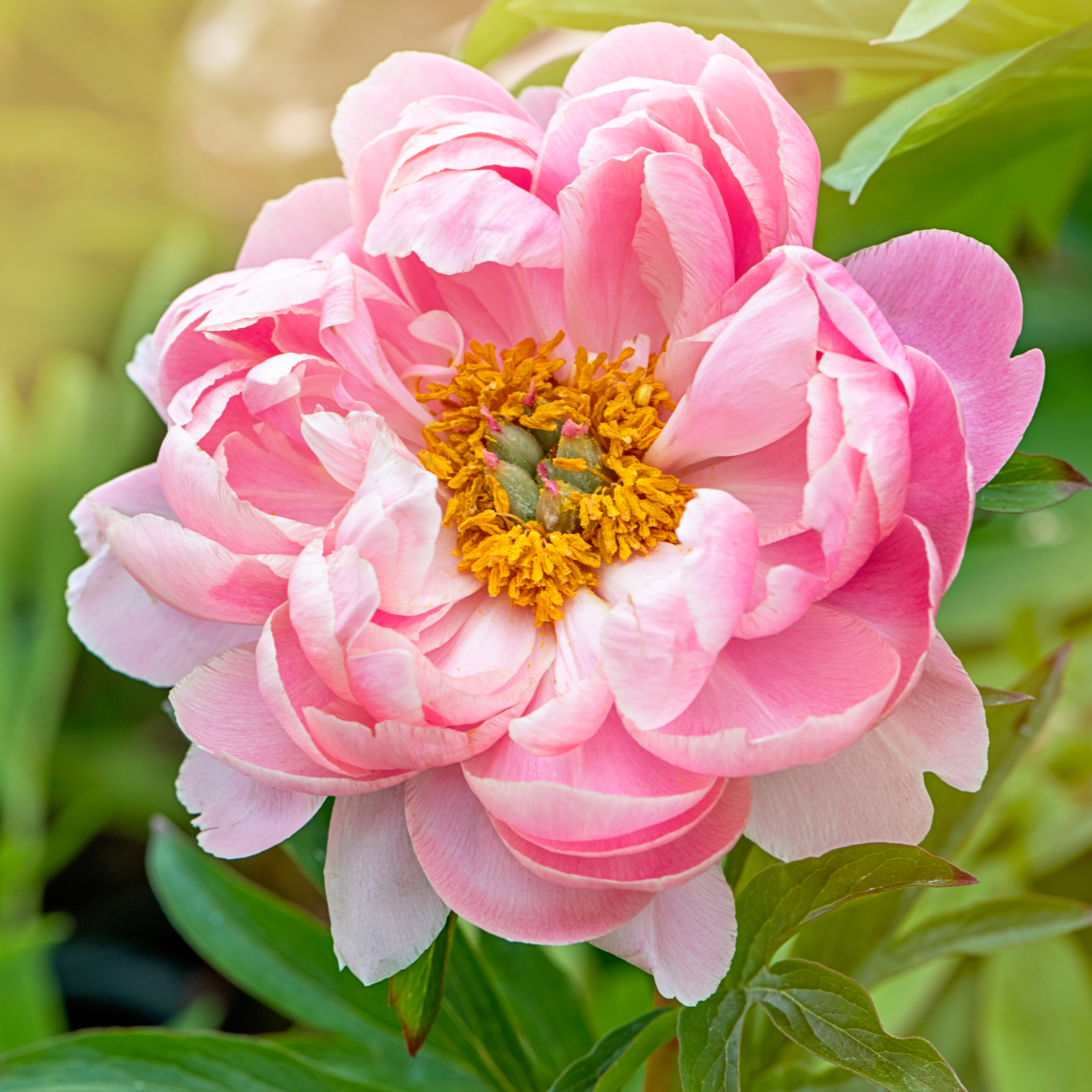
What is the best fertiliser for peonies?
When it comes to choosing the best fertiliser for peonies, a specialist fertiliser isn’t necessary. Pick a balanced slow-release formula, and it will do the job perfectly well and be less costly.
‘When fertilising, peonies need high potash (NPK 4-2-6). We recommend using Maxicrop’s Tomato Growth Stimulant and Feed,' says Angharad James, product manager at Maxicrop.
'Its highly concentrated formulation is rich in potash, helping enhance flower production. The added seaweed extract, which is sustainably sourced from Norwegian waters, stimulates strong, healthy growth and helps plants build tolerance to pests, diseases and environmental stresses.’
Peonies need a fertiliser with low nitrogen, you can work this out by looking at the NPK label. The first number is the percentage of nitrogen (N), the second number is the percentage of phosphorus (P), and the third number is the amount of potash (K). For peonies, choose a fertiliser that has a lower first number.
‘Peonies don’t like to be overfed - too much nitrogen can lead to lots of foliage but few flowers. The right balance is crucial, so always use a low-nitrogen, balanced fertiliser that supports blooming rather than leafy growth,’ advises Maryam.
‘A slow-release granular fertiliser or an organic option like bone meal or composted manure works beautifully for peonies. An NPK 5-10-10 or 10-20-20 ratio is ideal - it encourages flower production and strong root growth,’ adds Maryam.

With nearly a decade of experience in the horticultural industry, Angharad knows how to help gardeners get the most out of their efforts to produce beautiful blooms and bumper crops. Angharad specialises in organic growing and believes that harnessing the natural power of seaweed is the secret to success when it comes to the garden – whether you’re nurturing fruit and veg, flowers, shrubs, or even the lawn.
It can be a good idea to check your soil health first to determine if there are any nutrient deficiencies before buying. Whether nitrogen, potassium, phosphorus or magnesium, maintaining balanced levels of nutrients is key to achieving healthier plants.
How to fertilise peonies
When it comes to fertilising your peonies, once you’ve decided on the product that you’re going to use, always read the packaging first to check if there are any special instructions for the particular brand of fertiliser you are using.
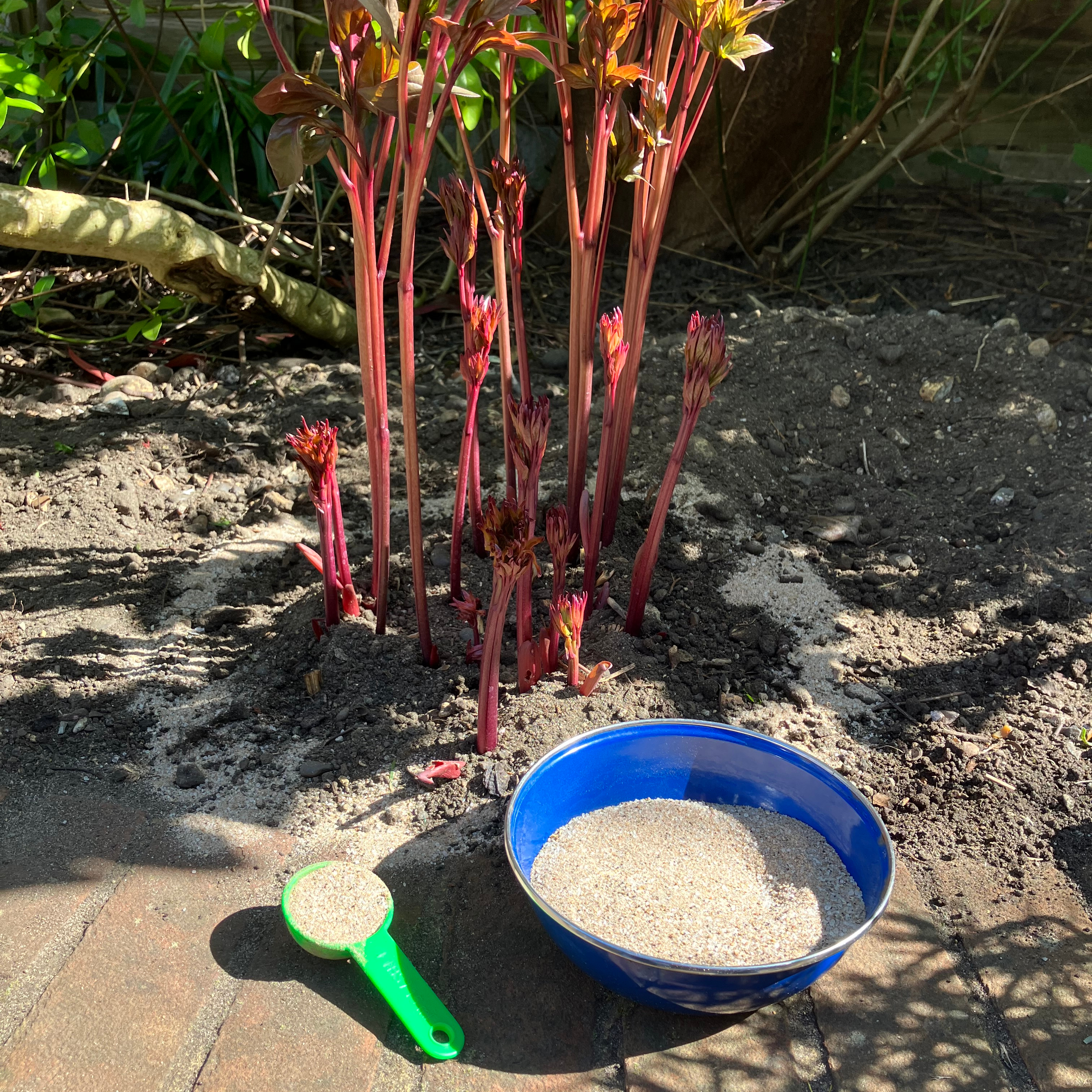
Apply the fertiliser in early spring when the new growth of the emerging peony stems is around 30-40 cm tall and before the buds have emerged.
Sprinkle the fertiliser around the drip line of the plant (in a rough circle); this is where the feeder roots are, and work it into the ground using a hand rake or your fingers, making sure to wear gardening gloves.
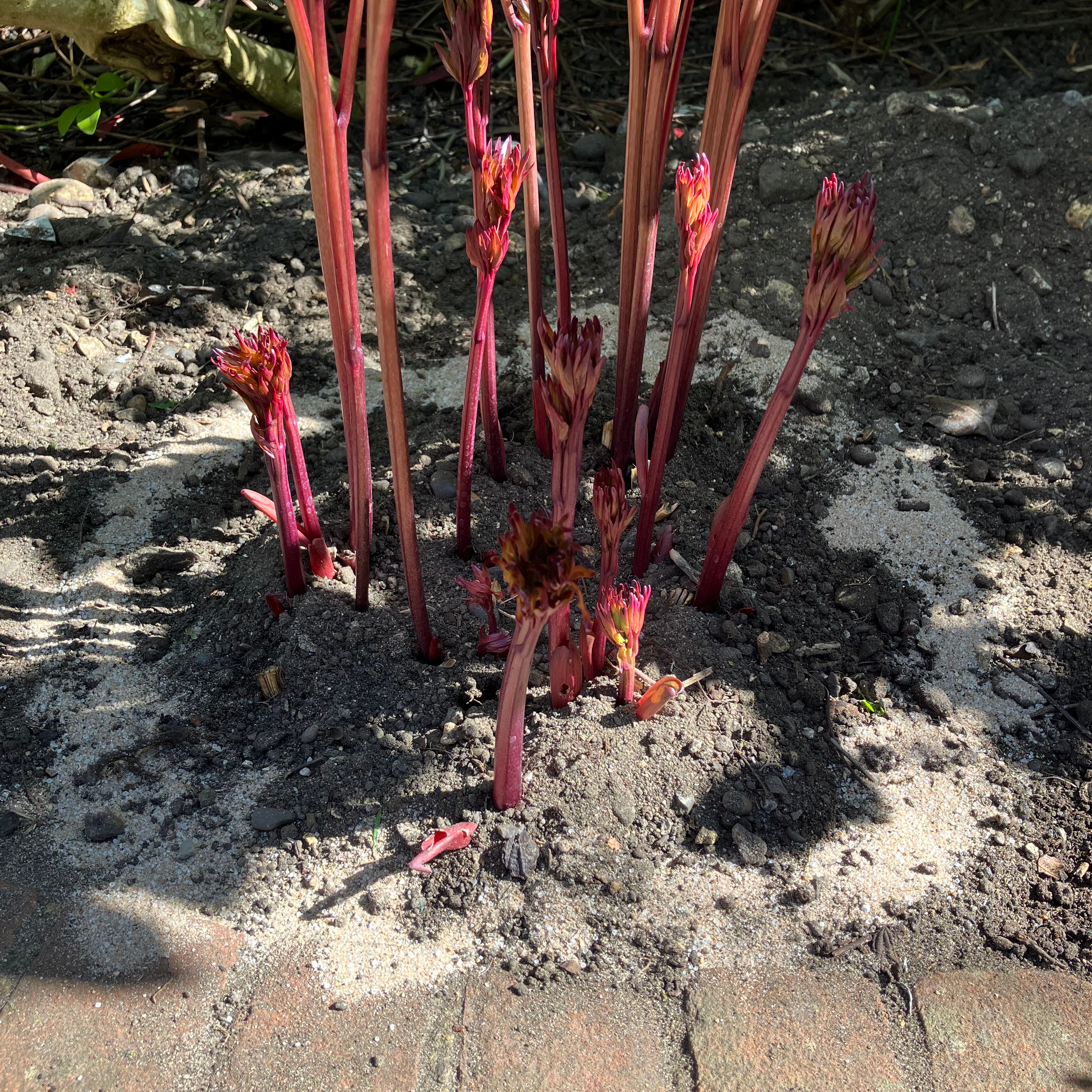
‘Spread the fertiliser evenly around the crown of the plant, starting a few inches from the base to avoid direct contact with the stems and then water thoroughly after application to help the nutrients reach the roots,’ advises Julian.
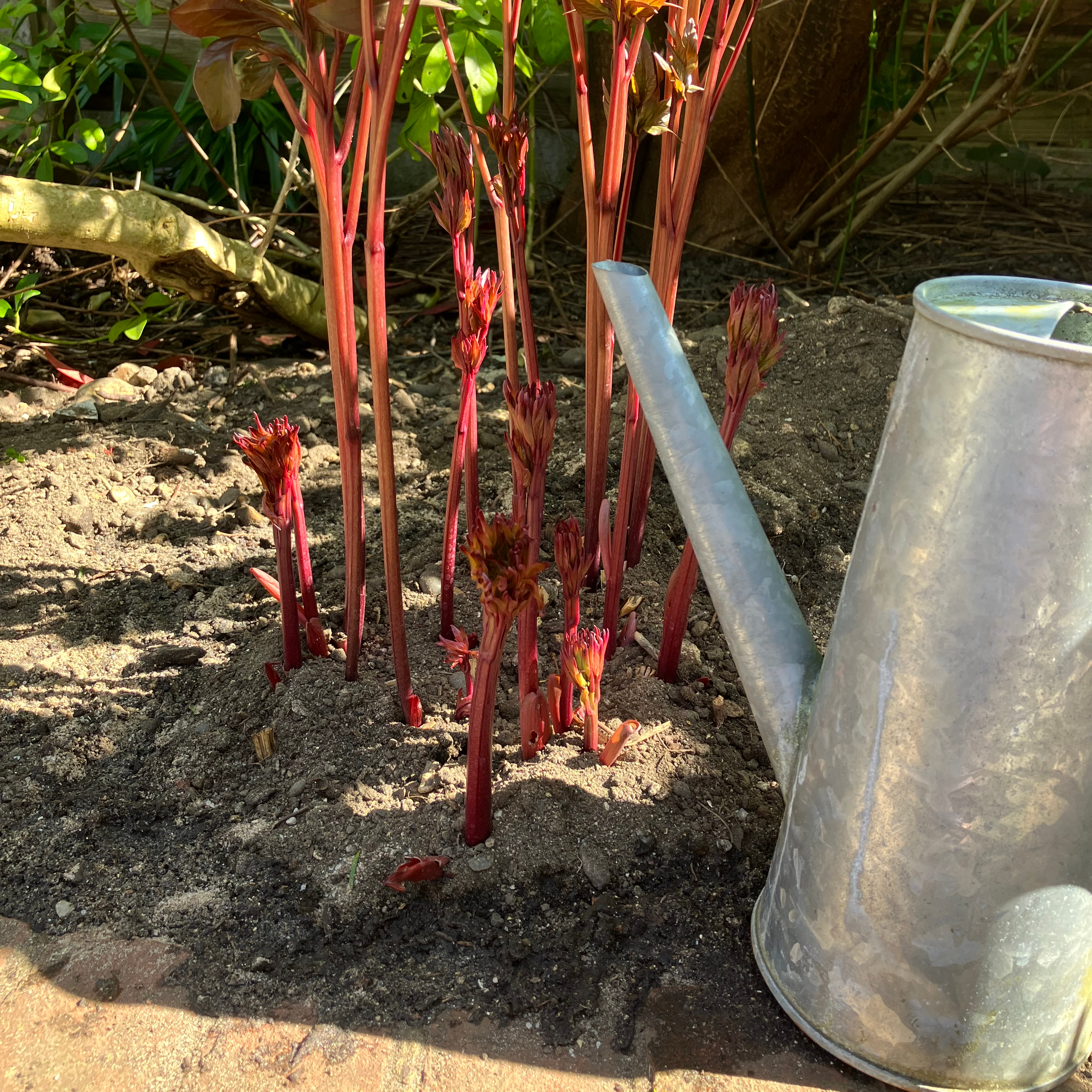
Avoiding contact with the stems is key when applying your fertiliser in early spring, as the young shoots are more prone to fertiliser burn than the established stems are later in the season.
Will using fertiliser get more peony flowers?
‘Absolutely,’ says Maryam Ghani, Brand Manager at Haute Florist. ‘While peonies don’t bloom heavily until they’re well established, regular feeding can significantly improve both the quantity and quality of flowers over time. Consistency is key.'
‘The second key time when to fertilise peonies is after flowering, typically in mid-summer,’ adds Angharad. ‘This application of fertiliser helps the plant store energy for next year’s growth and flowers. This can be a low-nitrogen fertiliser, as nitrogen encourages leafy growth, but too much can hinder blooming.’
There you have it: how and when to fertilise peonies. The same applies when you are growing peonies in pots.
Are there any fertilisers you've had success with when growing peonies?
Get the Ideal Home Newsletter
Sign up to our newsletter for style and decor inspiration, house makeovers, project advice and more.

Lisa is Deputy Editor of Style at Home magazine and regularly contributes to sister title Ideal Home. She has written about interiors for more than 25 years and about pretty much every area of the home, from shopping and decorating, crafts and DIY to real home transformations and kitchen and bathroom makeovers. Homes and interiors have always been a passion and she never tires of nosying around gorgeous homes, whether on TV, online, in print or in person.
You must confirm your public display name before commenting
Please logout and then login again, you will then be prompted to enter your display name.
-
 George Home's designer look £40 garden lounge chair sold out twice last year - it's back in stock, but not for long
George Home's designer look £40 garden lounge chair sold out twice last year - it's back in stock, but not for longDon't miss it this time around
-
 3 colours to avoid when painting window frames – experts say they might draw the eye, but not in a good way
3 colours to avoid when painting window frames – experts say they might draw the eye, but not in a good wayThese are the colours to avoid if you want to transform your window frames from drab to dazzling
-
 What do you do with stuff in your loft if you want to convert it? I’ve got 5 expert-approved solutions for you to try
What do you do with stuff in your loft if you want to convert it? I’ve got 5 expert-approved solutions for you to tryIf you use your loft for storage, what on earth do you do with all the stuff if you want to turn it into living space?

